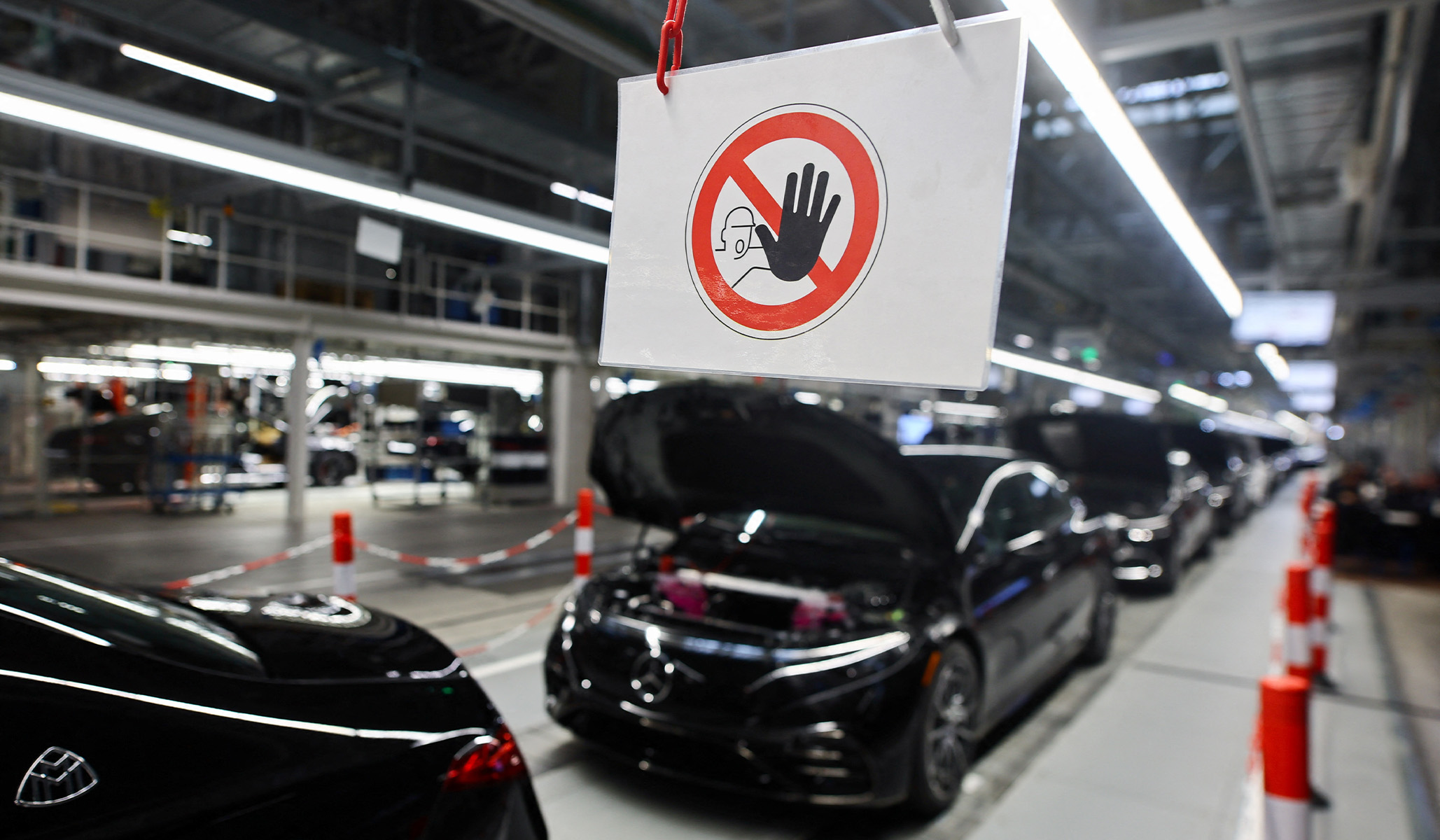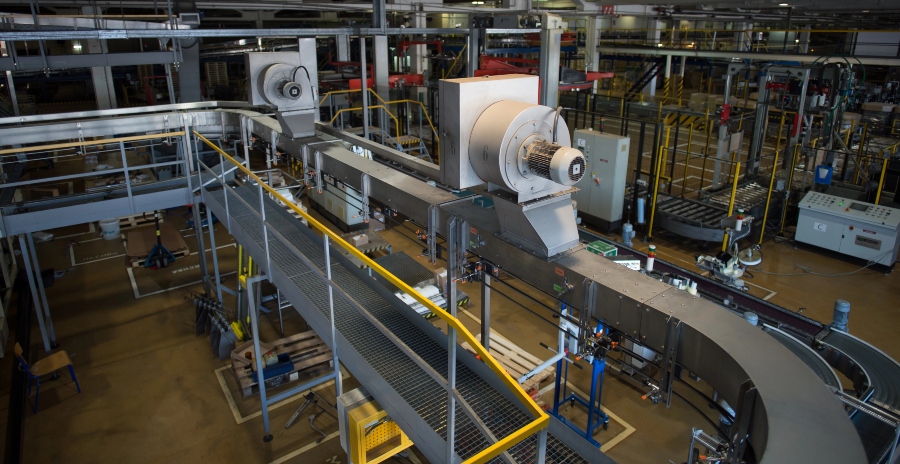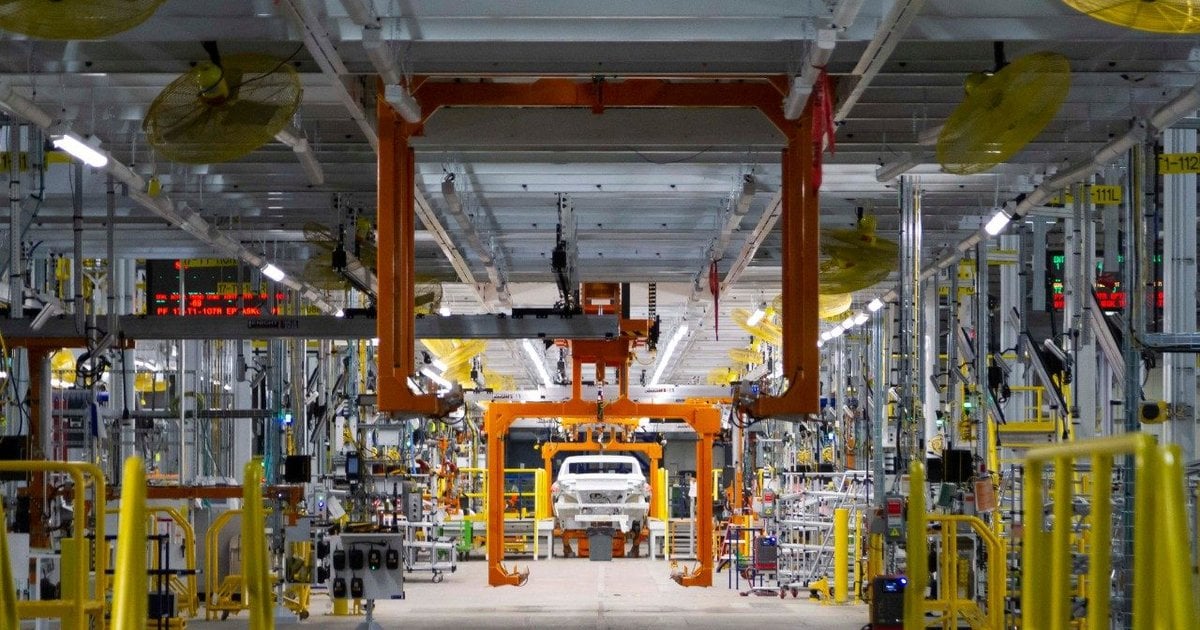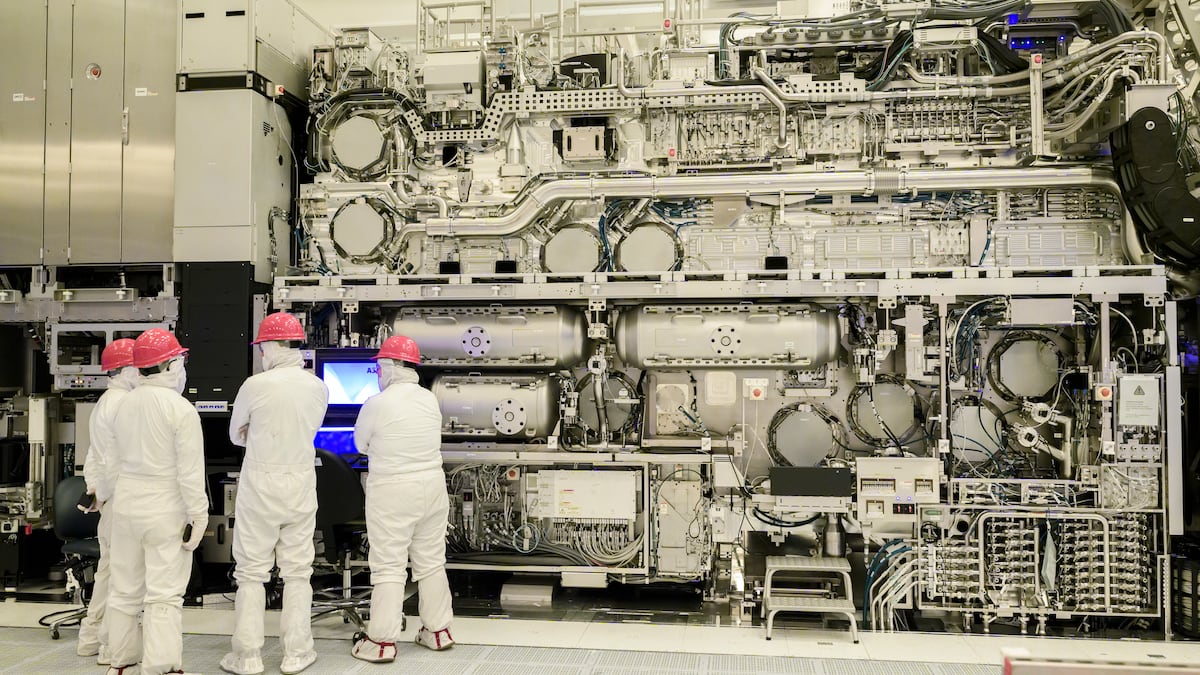The Rise and Fall: How Germany's Industrial Powerhouse Lost Its Shine
Manufacturing
2025-04-17 17:47:04Content

In the complex landscape of global economic strategy, the allure of reviving domestic manufacturing through protectionist policies is tempting but fundamentally misguided. While nostalgic visions of a robust industrial past might seem appealing, sacrificing economic growth for manufacturing jobs is a dangerous path that could ultimately compromise America's economic and national security.
The German manufacturing model, often held up as a beacon of industrial success, is not a one-size-fits-all solution for the United States. What works for Germany's unique economic ecosystem cannot be simply transplanted into the American context without significant drawbacks. Attempting to do so would be not just ineffective, but potentially harmful to the nation's long-term prosperity.
Modern economic strength isn't built on preserving outdated industrial models, but on innovation, technological advancement, and adaptability. The United States has consistently led the world in creating high-value industries, from technology and biotechnology to advanced services and digital platforms. Shifting focus away from these dynamic sectors to prop up traditional manufacturing would be a strategic misstep.
Moreover, the global economic landscape is rapidly evolving. Countries that remain flexible, invest in cutting-edge research, and foster a robust ecosystem of innovation are the ones that will thrive. By clinging to a romanticized vision of manufacturing, the U.S. risks falling behind in the race for future economic leadership.
National security in the 21st century is not solely determined by industrial output, but by technological superiority, strategic innovation, and the ability to quickly adapt to emerging challenges. Sacrificing economic dynamism for short-term job preservation would ultimately weaken, not strengthen, America's global position.
The path forward requires a nuanced approach: supporting workforce retraining, investing in advanced manufacturing technologies, and creating an economic environment that encourages innovation and entrepreneurship. This is how the United States can truly secure its economic future and maintain its competitive edge on the world stage.
The Economic Illusion: Why Mimicking Germany's Manufacturing Model Could Undermine U.S. Strategic Interests
In an era of global economic transformation, nations are constantly seeking sustainable pathways to economic prosperity and technological leadership. The allure of replicating successful industrial models can be tempting, yet such strategies often overlook the nuanced complexities of national economic ecosystems and geopolitical dynamics.Navigating the Treacherous Waters of Industrial Policy Transformation
The Mirage of Manufacturing Nostalgia
The United States stands at a critical economic crossroads, where policymakers and industry leaders are increasingly seduced by romanticized visions of manufacturing resurgence. Drawing inspiration from Germany's industrial prowess might seem appealing, but such an approach fundamentally misunderstands the intricate landscape of modern economic competitiveness. Manufacturing strategies cannot be transplanted wholesale from one national context to another. Each economy possesses unique structural characteristics, technological capabilities, and strategic imperatives that render simplistic mimicry not just ineffective, but potentially counterproductive. The German model, while impressive, emerges from a specific historical, cultural, and institutional context that cannot be easily replicated.Strategic Vulnerabilities in Economic Transformation
Prioritizing manufacturing jobs at the expense of broader economic innovation creates significant national security risks. The United States' competitive advantage has historically resided in its capacity for technological innovation, adaptable workforce, and robust research ecosystems. Retreating into a manufacturing-centric paradigm would systematically erode these critical strategic advantages. Modern economic power is not determined by the volume of physical goods produced, but by the sophistication of technological capabilities, intellectual property generation, and the ability to create high-value economic networks. Countries that focus narrowly on traditional manufacturing risk becoming obsolete in an increasingly digital and knowledge-driven global economy.The Complex Calculus of Economic Resilience
National economic strategies must be holistic, considering not just immediate job creation but long-term systemic resilience. The German manufacturing model, while successful within its specific context, represents a narrow approach that may not translate effectively to the United States' diverse and dynamic economic landscape. Technological innovation, research infrastructure, and adaptive workforce development represent far more critical investments for maintaining economic competitiveness. The United States should focus on creating ecosystems that foster breakthrough technologies, support entrepreneurial initiatives, and cultivate human capital capable of navigating rapidly evolving global markets.Geopolitical Dimensions of Economic Strategy
Economic policy is inherently intertwined with national security considerations. Attempting to artificially preserve or resurrect manufacturing sectors can create strategic vulnerabilities, diverting resources from more critical technological and innovative domains. The most sophisticated national security strategies recognize that economic strength emerges from flexibility, innovation, and strategic foresight. The global economic landscape is characterized by unprecedented complexity and rapid transformation. Successful nations will be those capable of rapid adaptation, continuous learning, and strategic investment in human and technological capabilities. Clinging to outdated industrial paradigms represents a recipe for strategic decline rather than economic revitalization.Reimagining Economic Competitiveness
True economic leadership requires a forward-looking approach that transcends nostalgic manufacturing narratives. The United States must double down on its historical strengths: technological innovation, entrepreneurial dynamism, and the ability to create entirely new economic paradigms. Investment in education, research infrastructure, and emerging technologies will prove far more consequential than attempting to artificially preserve manufacturing sectors that are increasingly being transformed by automation and global economic shifts. The future belongs to nations that can create, adapt, and lead—not those desperately clinging to past economic models.RELATED NEWS
Manufacturing

Manufacturing Momentum Stalls: China's Industrial Sector Feels Trade War Pinch
2025-04-30 05:57:18
Manufacturing

American Furniture Giant Defies Global Supply Chain Meltdown: Inside Ethan Allen's Winning Playbook
2025-04-09 16:20:00
Manufacturing

Trade Tensions Threaten Jay's Industrial Dream: Tariffs Loom Large Over New Manufacturing Venture
2025-04-11 20:51:00





